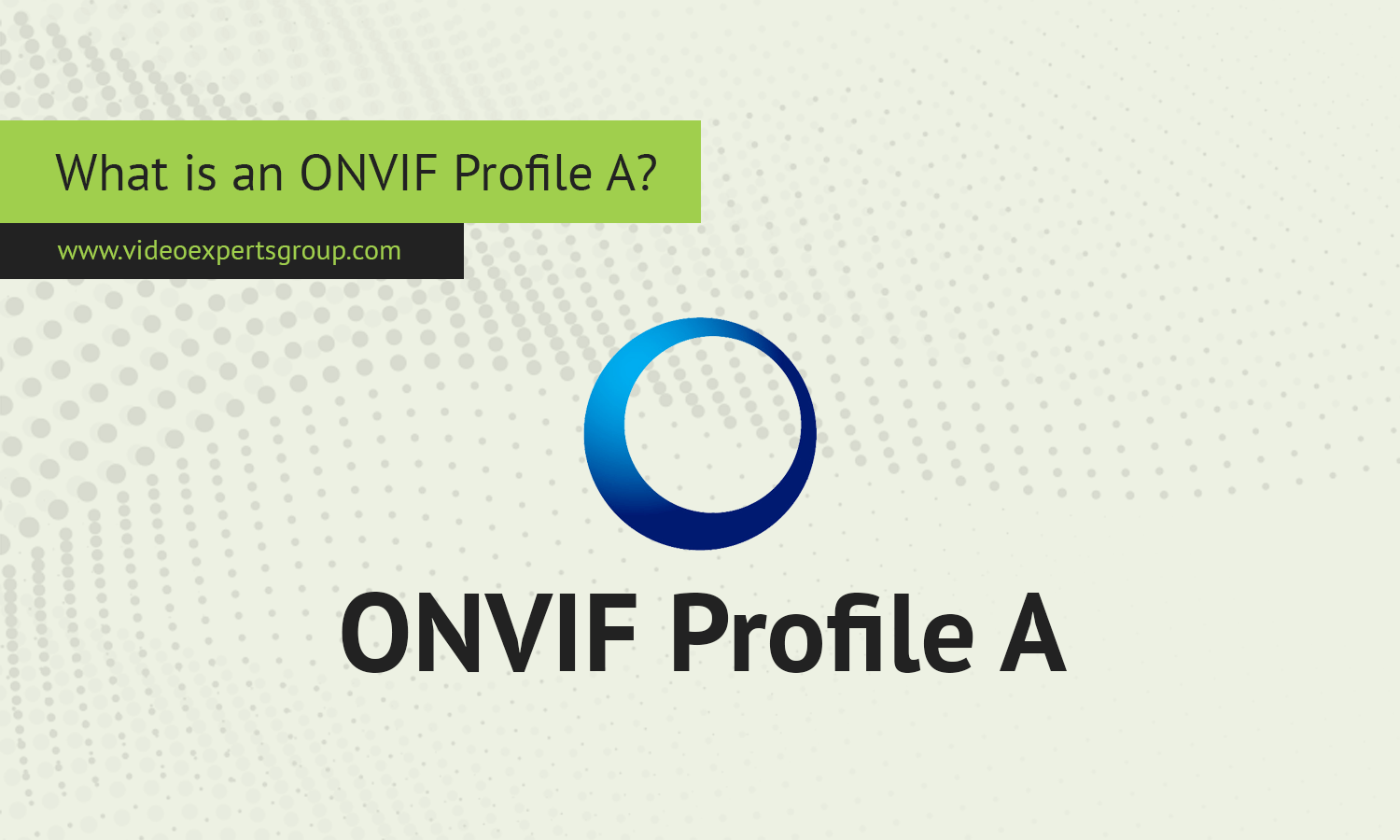ONVIF (Open Network Video Interface Forum) is an open standard that ensures different security devices, such as cameras, access control systems, and network video recorders (NVRs), can work together seamlessly. ONVIF Profiles are specific sets of functionalities that compliant devices must support, and ONVIF Profile A is one such profile, designed for access control systems.
This article explores what ONVIF Profile A is, its meaning, and its specifications in the context of access control systems.
Meaning of ONVIF Profile A
ONVIF Profile A is a specification that defines a standardized way for networked access control devices to communicate with one another. It allows access control systems, such as door controllers, card readers, and management software, to work together seamlessly, even if they are made by different manufacturers. The main goal of Profile A is to ensure that access control devices from different vendors can be easily integrated into a single system.
With Profile A, users can remotely manage access control configurations and user credentials. This means that security personnel can configure doors, control access rights, and manage cardholder credentials across multiple devices and locations without being limited to a specific brand or proprietary system. Profile A also supports alarm management, making it easier to monitor events like forced entries or door tampering.
ONVIF profiles
| ONVIF Profile | Focus | Key Functionalities |
|---|---|---|
| Profile S | Video Streaming | - Video and audio streaming - PTZ (Pan-Tilt-Zoom) control - Event handling for video surveillance systems |
| Profile G | Edge Storage | - Video recording, searching, and playback - Local storage management for edge devices |
| Profile C | Access Control | - Physical access control systems (PACS) - Credential and door control - Event handling for access systems |
| Profile A | Advanced Access Control | - Access control configuration - User and credential management - Access policy creation |
| Profile T | Advanced Video Streaming (H.265) | - Support for H.265 and H.264 video encoding - Motion detection - Metadata streaming (e.g., heat maps) |
| Profile Q | Quick Device Setup | - Fast, easy device installation - Discovery, configuration, and management for quick system setup |
| Profile M | Metadata and Analytics | - Metadata streaming - Video analytics (e.g., object detection, behavior analysis) |
| Profile D | Access Control for Door Units | - Door entry systems and intercoms - Communication between video intercoms and PACS |
This table summarizes the core purpose and capabilities of each ONVIF profile, helping security integrators choose the right profile for their surveillance and access control needs.
Video
Specification of ONVIF Profile A
The ONVIF Profile A specification outlines several key features and functionalities that compliant devices must support. These specifications ensure that the devices can communicate properly and share important information about access control events and configurations. Here are some of the core features:
-
Credential Management: One of the most significant aspects of Profile A is its ability to manage credentials. This includes adding, modifying, and deleting cardholder credentials such as keycards, biometric data, or PIN codes. This function is crucial for large-scale systems where personnel access rights need frequent updating.
-
Access Rules Configuration: Profile A allows the configuration of access rules, which define who can enter specific areas and at what times. This includes setting up schedules for specific users or groups, as well as configuring special conditions like holidays or temporary access rules.
-
Event and Alarm Management: Profile A devices can generate and share real-time events and alarms related to access control, such as unauthorized access attempts, door status changes, or tampering alerts. This data is shared across the network, allowing a centralized management system to respond quickly to security breaches.
-
Door Control and Monitoring: The profile supports remote control and monitoring of doors, including the ability to lock or unlock them, check the status (open or closed), and monitor any unauthorized door movements. This enables security staff to manage access points from a central location.
-
Interoperability: Profile A ensures that devices from different manufacturers can be easily integrated into the same system. This is done through standardized communication protocols that all Profile A-compliant devices must support. For example, a door controller from one brand can work with an access control management software from another.
-
Scalability: The specification allows systems to scale efficiently, supporting large and complex installations. Whether you are managing a single building or a network of facilities, Profile A enables seamless integration and management of the access control infrastructure.
ONVIF Profile A is a powerful tool for ensuring that different access control devices can work together seamlessly, offering flexibility, security, and scalability. With its standardized approach to credential management, access rule configuration, and event handling, it simplifies the integration and management of access control systems across various vendors and devices.
















